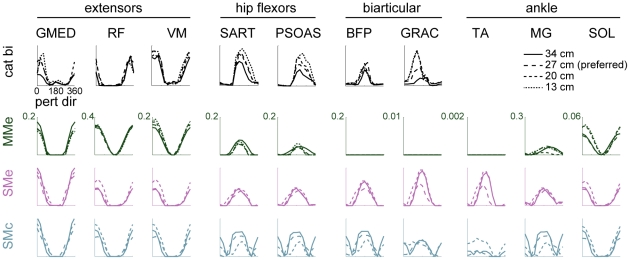Figure 8. Examples of left hindlimb muscle tuning to perturbation direction observed in data and predicted by optimal task-level control using individual muscles or experimentally-derived muscle synergies.
Top to bottom: experimental data, predictions of models MMm, SMe, and SMc. Colors as in Figure 6. All models predicted smooth cosine muscle tuning to perturbation direction similar to experimental data, particularly in morphologically simple extensors (e.g., VM, SOL) and in some flexors (e.g., PSOAS). However, some flexors were recruited only when muscle synergies were controlled rather than individual muscles. Compare BFP, GRAC, TA in MMe vs. SMe. Some multifunctional muscles were more difficult to predict; e.g., unlike experimental results [15], MG was recruited with pattern similar to a flexor muscle in all models, with ankle extension being provided by extensor-tuned SOL. Biarticular muscle SART is listed as a hip flexor because it is implemented as such in the musculoskeletal model.

